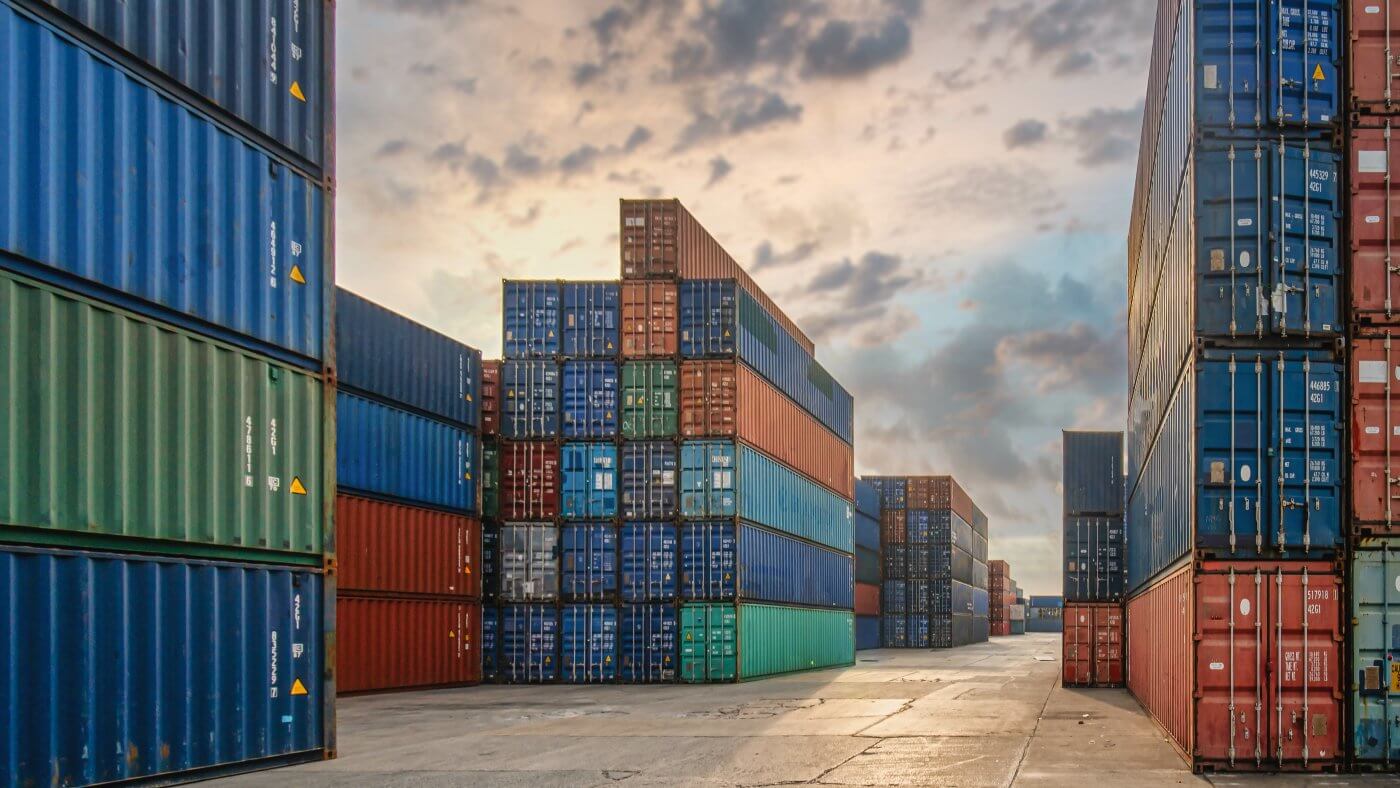SlipSeat @ Port Tampa
There is a large shortage of truck drivers at the Port of Tampa across motor carriers in its Bulk, Container and Fuel business lines.
- The shortage increases a carrier’s hiring cost with signing bonuses and extra recruiting workload, which increases staff hours
- The shortage makes it challenging for port carriers to have available drivers to move loads, disappointing customers with late deliveries
- The shortage also slows the endless “conveyor belt” of trucks in and out of the port, lowering the port’s overall efficiency
The situation will likely worsen for Port Tampa, its carriers, and customers in the short term as volume increases with ships being routed away from the west coast. Because it is growing, the long term prognosis doesn’t improve until the widespread adoption of autonomous trucks. Without intervention, it will unfortunately be a limiting factor in the growth of Port Tampa and a severe limiting factor in the daily operations and growth of port carriers for the next 20 or so years.
Port Tampa has asked SlipSeat to help solve the driver shortage at the port. The SlipSeat platform was created specifically as a cure to the driver shortage and fixes the root problem by creating an environment within an individual local labor market where market forces freely flow, which over time will restore balance to the “truck driver” market.
Our goal is to provide a long-term solution to the shortage at the port and to improve the lives of carriers and drivers while doing it.

The Port Tampa Driver Pool
The cornerstone of SlipSeat’s solution is our driver pool, which will allow any carrier to work with any driver. In it will be contract drivers, owner operators, and independents that carriers can use as needed. By growing this pool of shared drivers large enough, our solution will operationally cure absenteeism, turnover and the shortage for port carriers, regardless of which carrier or business line is experiencing them.
The pool provides the framework to get drivers “to market.” With it, carriers have quick and easy access to drivers. We pre-qualify and pay drivers, eliminating the administrative hassle for carriers, leaving them free to work with any driver of the pool they wish.
The pool also increases driver efficiency by sharing drivers between carriers. If Carrier A has a load in the morning and Carrier B has a load in the afternoon, one driver can do both, with each carrier only paying for the portion of the driver they use. The driver, however, makes more money than she would if she were working solely for Carrier A or Carrier B. Win/Win.
Following Interstate driver rules, the pool is like a self contained ecosystem within Tampa’s larger labor ecosystem. Because the driver pool environment is in balance while the rest of Tampa is out of balance, it will attract drivers. Over time, it will be enough to offset the shortage at the port.
Once we’re fully operational at the port, we expect to be able to supply a driver within an hour from the time requested. With on-demand drivers, a carrier’s operations will no longer be negatively impacted by turnover or absenteeism. If a carrier’s internal driver quits or decides to go the beach instead of show up to work, the carrier can have a pool driver replacement in an hour.
Our driver strategy
Because most port trucking is local, the same driver doesn’t need to drive the same truck everyday which means full-shift part-time drivers can be an integral part of our solution. Because of this, after analyzing the labor market, it is our belief that there is enough unused capacity with drivers already living in the surrounding Tampa Bay area to offset the shortage at the port.
We can solve the Port’s shortage by making drivers in the Tampa Bay area more productive
If A) enough existing Tampa Bay area drivers work their off-days at the port and B) if needed, port carriers structure their work so that any of these experienced professional drivers can do it, then C) it’s possible to solve the shortage at the port without needing to add new drivers or relocate experienced ones to the area.
Because we don’t need to find 70 hour/week drivers, it makes for a cheaper – and likely safer – solution to the port’s problem. We need to onboard more drivers but the type of driver we want is more plentiful and easier to find so the probability of overall success is much higher.
We may run into issues with there not being enough owner operators in the market to satisfy carrier power needs or drivers not having the correct endorsements for the fuel side. If we do, we need may need to create some channels down the road to convert “excess capacity” into useable supply for carriers.
The Solution
To entice drivers to give up their free time and work at the port, each driver sets their own rate. To keep rates in check, drivers vie for business from carriers in an openly competitive environment. In the end, carriers get a rate based on fair market value while drivers get a rate that’s fair to them individually – one that’s based on their skill set, accident/violation history, ratings and reviews.
Because of our design, once a certain geo-density of drivers is crossed, it kicks off a chain reaction, creating network effects which we can then ride like waves to achieve our goal of eliminating the shortage. Rates will initially be higher, but they’ll come down quickly as we add drivers. It’ll look something like this – note, drivers are independent contractors, so no taxes are taken out which increases relative take home:
Stage 1) Pool drivers set their rates, and since few drivers feel underpaid, most of these rates are above market average
Stage 2) Since loads will otherwise sit, carriers will use drivers who provide high value, avoiding lesser value drivers, forcing them to lower rates
Stage 3) As rates descend, port carriers use more drivers which increases driver productivity, increasing driver take home (especially with no taxes)
Stage 4) With drivers making more money, part-timers convert to full-time and new drivers join
Stage 5) With more supply, rates fall due to increased driver competition ==> Repeat Stage 3
This extra capacity from Stage 4 triggers Stage 3 again, again and again, creating a loop that will repeat until the shortage is gone and rates settle to whatever the true market rate is.
End Result
With network effects doing the heavy lifting, we use economics to restore balance to the labor market at the port. Over time, aside from solving the shortage, turnover and absenteeism, a few things will happen:
A) Pool drivers will make more money than they could outside the port (while having an incredible working environment)
B) Port carriers will have easier, faster and cheaper access to drivers and overall carrier revenue/profit will increase
C) Delivery times will improve for receivers
D) Port Tampa’s land-side efficiency and overall throughput capacity will increase
Ways to help
The biggest way carriers can help is to send drivers to the pool when they have available HOS, maybe they only work 4 days a week or maybe their truck is down for the day. Once we’re setup at the port, we should be able add them to the pool in as little as 30 minutes, and they can then use their hours with another carrier. It’ll help the driver make more money, it’ll help the port have more capacity, and it’ll help us expand the “ecosystem” which will, in turn, help us inject more supply faster, solving the shortage faster.
For more information or to sign up for the pool:
